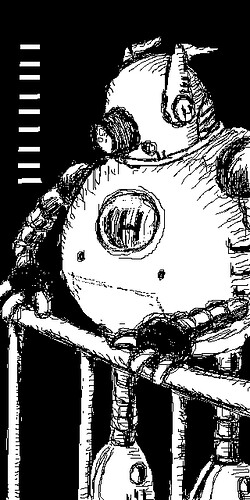Revirando algumas coisas antigas topei com o Manual dos Bixus que nós fizemos em 2005!

Download: Manual_dos_bixus_da_computacao_2005.pdf
Quando os novos alunos da Computação da UFC vão entrar no curso, nós fazemos um livrinho chamado Manual dos Bixus. É uma compilação de piadas sacaneando os calouros mas também algumas dicas realmente úteis como mapas e linhas de ônibus.Este foi a terceira edição do manual, na época eu era do CA (Centro Acadêmico) e foi uma das primeiras coisas que nós fizemos. Eu havia me conhecido o conceito de Wiki a pouco tempo e havia colocado de pé um Wiki para os alunos do curso usando o Dokuwiki, um motor de wikis em PHP que na época era bem limitado, usávamos só um usuário.

Nós começamos a escrever o livrinho usando Wiki. Ia ser a primeira vez que eu via um conteúdo do mundo real, impresso, tocável, construÃdo de maneira dinâmica, colaborativa e distribuÃda. Algo como uma revista colaborativa.
Eu divulguei a idéia na nossa lista de alunos, a idéia foi pra frente, as pessoas foram colaborando e aos poucos foi tomando conteúdo. No final eu peguei o conteúdo, dei uma revisada no texto e fiz as páginas usando o Gimp. Imprimimos uma tiragem de 60 exemplares, com o dinheiro do CA, exatamente os 60 alunos calouros. Infelizmente eu não tive o cuidado de me incluir nesse número. 🙁
Quem sabe não podemos repetir esse ano esse modelo de desenvolvimento.

















